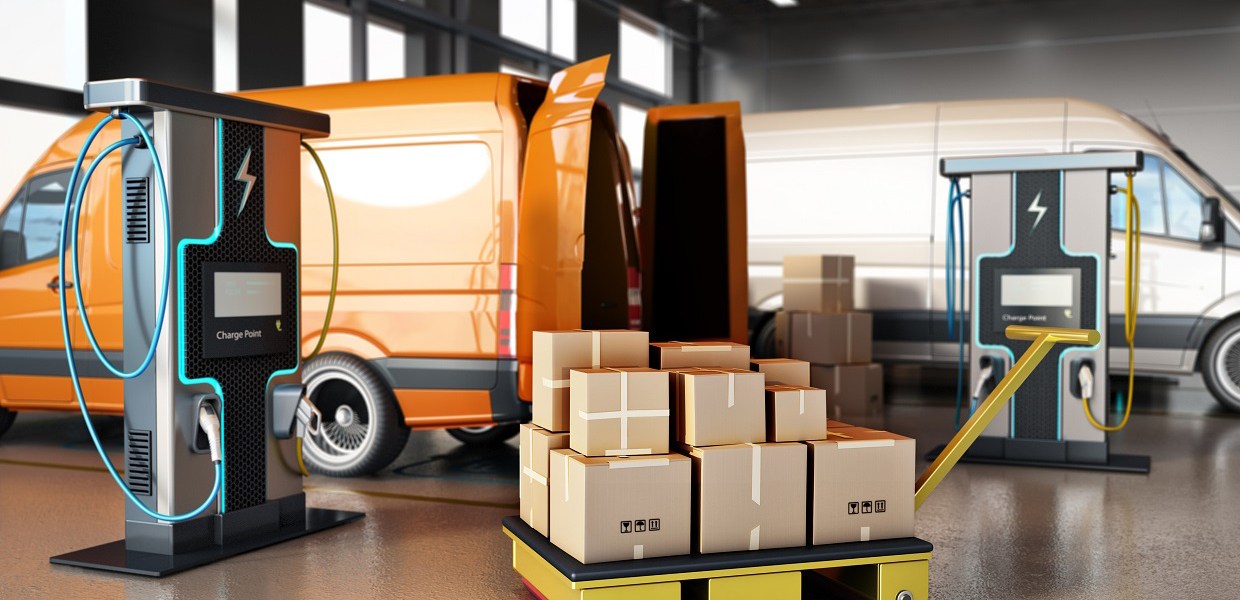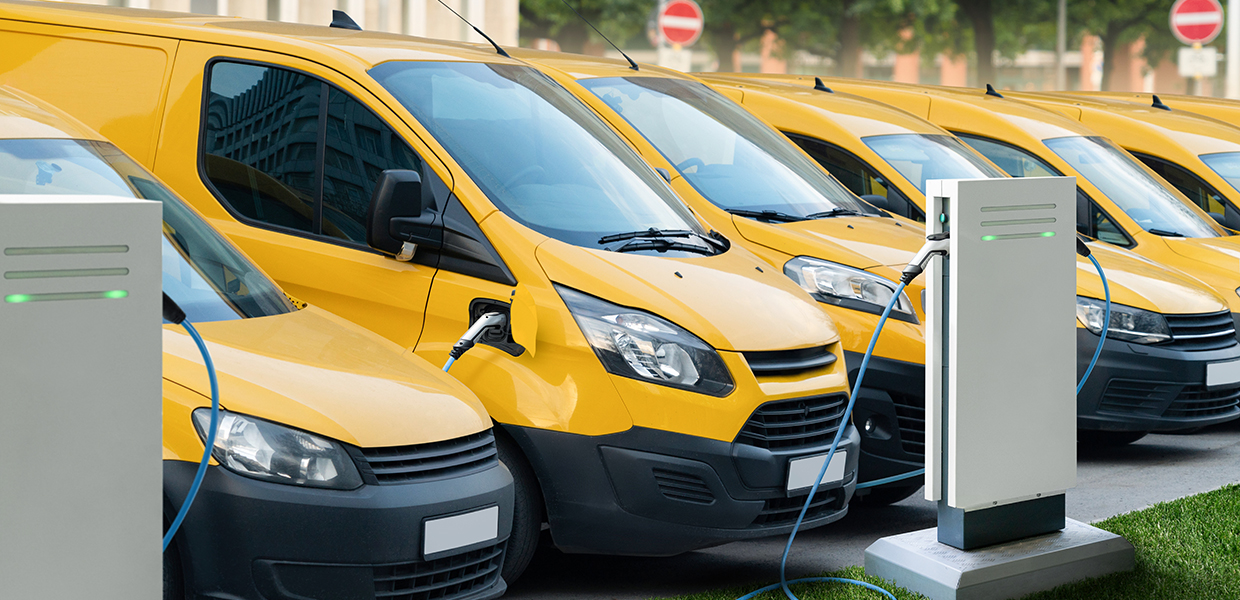The fact that the decarbonisation of the transport sector is vital to the success of Net Zero Emissions targets worldwide is not up for debate. What is still undecided is whether batteries or hydrogen will power the transport networks of the future.
In the dynamic world of eMobility, where innovation converges with environmental responsibility, the stakes have never been higher. Following a concerning three percent rise in emissions from the transport sector in 2022 – reversing the downward trend during the Covid-19 pandemic – the imperative to achieve Net Zero Emissions (NZE) by 2050 Scenario has become more critical than ever. To stay on track with this ambitious goal, CO2 emissions from the transport sector must fall by three percent annually until 2030.
In light of the imperative to decarbonize the road freight industry, the path ahead requires a careful examination of alternatives such as battery electric and hydrogen-powered vehicles, both viable options in the quest for sustainability.
The difference between battery vs. hydrogen
Battery electric vehicles (BEVs) have been the trailblazers of the electric revolution, harnessing electricity stored in batteries to propel an electric motor. A versatile power source, these batteries can be replenished from the grid or sustainably harvested from renewable resources like solar or wind energy.
On the flip side, Fuel Cell Electric Vehicles (FCEVs) use hydrogen gas stored in tanks to generate electricity through electrochemical reaction with oxygen in a fuel cell. In terms of sustainability, the only emission from FCEVs is water vapor, and the hydrogen can be produced from various sources, such as natural gas, biomass, or electrolysis using renewable electricity.
Both technologies offer a way to reduce greenhouse gas emissions and air pollution from the transportation sector, which account for around 20 percent of global CO2 emissions. However, they also have different advantages and disadvantages, depending on the use case and the market conditions.
Advantages and pitfalls of batteries vs. hydrogen
Perhaps the biggest advantage of BEVs is their high energy efficiency, as they can convert about 80 percent of the energy stored in batteries into motion compared with about 30 percent for FCEVs. Lower maintenance costs, getting to a more mature charging infrastructure, and current economies of scale in battery production have all been achieved thanks to advancements in BEV technology being driven by the passenger car market.
However, challenges like limited range and lengthy charging times persist, particularly for long-distance or heavy-duty transport, while the higher weight and volume required for BEV systems over FCEVs can also reduce the payload and performance of the vehicle. Additionally, BEVs are dependant on the availability and sustainability of critical raw materials, such as lithium, cobalt, and nickel, which are used in battery production and can pose environmental and social risks. These include habitat and ecosystem destruction, disruption to indigenous communities as well as air, soil, and water pollution due to mining operations.
Addressing these environmental and social risks in the supply chain for battery materials is a growing concern within the industry. Efforts are underway to improve transparency, traceability, and sustainability in the extraction and processing of these critical metals, promoting responsible sourcing practices and mitigating adverse impacts on the environment and communities.
FCEVs, on the other hand, boast faster refueling times, longer range, and less dependence on critical raw materials, making them more suitable for applications that require high energy density and long endurance, such as trucks and buses.
Nevertheless, FCEVs have their own list of drawbacks. High production costs and limited infrastructure are hurdles that will need to be overcome while the fact that most hydrogen produced today comes from fossil fuels means there is a scarcity of low-carbon, or green, hydrogen available.
Battery vs. hydrogen: Can they coexist?
Recognizing the distinct strengths and weaknesses of battery and hydrogen solutions, a harmonious coexistence is more plausible than an outright dominance of one over the other. Instead of engaging in direct competition, these technologies are poised to complement each other, providing viable solutions for diverse use cases and market segments in the same way that petrol and diesel has done for decades.
According to comprehensive analysis by the International Energy Agency (IEA), both battery and hydrogen technologies will play pivotal roles in the decarbonization of various sectors, particularly in addressing the challenges posed by hard-to-abate areas such as long-haul transport.
DLL's market insights lead to a fundamental conclusion: Development of battery electric technology could lead to higher mileage and more energy density and with that eat more into the hydrogen segment. Battery electric technology excels in short-distance applications, while hydrogen aims to become the preferred choice for long-haul transport.
“The emphasis is on relevance and dominance in different ways, rather than direct competition,” comments Egbert de Jong, Global Asset Manager Energy Transition at DLL.
-(1).jpg?h=600&iar=0&w=1240&hash=FC3FF7ECB4AF291ED3EE45A33723DE31)

